Queer history is not often taught in our schools or spoken about in our society therefore we wanted to explore some contemporary queer youth who are fighting for respect and decency. Qeer folks have been intrinsic members of social resistance movements throughout history because fighting for our visibility and freedom to be ourselves is integral to our ability to thrive. The future of our world belongs to our youth of today, so please take a moment and learn about these 7 Queer Youth who are demanding safety, and security for all youth through advocacy and education!
We owe much appreciation to youth like Gavin Grimm (he/him) for taking his case to court advocating for the educational rights of youth to use the bathroom of their choice. After coming out as trans in 2014 during his sophomore year Gavin’s school put in place a policy preventing him from using the boys bathroom. Their policy prohibited youth with “gender identity issues” from using the same bathrooms as other youth. Gavin obtained a court order indicating his legal name change validating his supporting documents like state ID. Represented by the ACLU Gavin sued the school board for discrimination after they refused to provide him with transcripts matching his gender. After four years of litigation Gavin won.
Schuyler (he/him) is an American of Korean descent who was originally recruited for the women’s swimming team but after a gap year he returned having begun his transition and identifying as male. The coaches invited him to join the men’s team where he became the first openly transgender NCAA Division 1 Swimmer, and the first NCAA openly trandgender athlete. He is currently working as an educator, author and advocate. Schuyler is a public speaker about mental health, body positivity and issues impacting transgender folks. Schuyler provides an array of services from public speaking, to support groups, consulting, mentoring and workshops.
Ashton Mota (he/him) is a Black and Latinx trans teen who after coming out started a Gay Straight Alliance at his school and became a Human Rights Campaign Youth Foundation Ambassador. In 2018 he became the public face for the “Yes on 3” a movement fighting to uphold the law protecting transgender youth to use the bathroom that aligns with their gender identity. Ashton is currently a public speaker advocating for the rights of LGBTQ+ people of color.
Another youth who pushed back on policies within schools is Jack Petocz (he/him) who was suspended after handing out pride flags during a walkout at his school where students were protesting the “Don’t Say Gay” Bill in Florida. In May of this year he was barred from running for class president as part of his discipline for the flags. Jack was recently featured in The New York Times for his activism against banning books in schools. In the past he has spoken out against school dress codes. He is currently a Political strategist for Gen-Z for Change.
In 2018 David Hogg (he/him) and X Gonzalez (they/them) survived the Parkland school shooting and were immediately called to action to advocate for more progressive gun legislation. In a speech days after the shooting X called out the government for not doing more to pass gun legislation. One month later they led the first March of Our Lives demonstration in Washington D.C. Although they are both co-founders of March of Our Lives each youth has taken their own path since then. David’s gun control activism has been centered around mental health. Earlier this year David was escorted from a House hearing for banning assault weapons upon hearing they could be helpful if we were invaded from the south. On the 1st of this month David spoke at an event promoting voting. In his speech he called for us to stop using the excuse of mental illness for racism and white nationalism. Recently X has been focusing on their educational goals but continues to advocate for all of us to speak out and not underestimate the power we all have.
As we discuss facilitating community learning, we highlight Isaias Hernandez (he/him) who started his own educational website to encourage people of color to broaden their understanding and knowledge of environmental issues impacting our communities. Isaias is gay a climate activist, an eco influencer and an environmental educator whos work focuses on educating folks around sustainability, and environmental justice. On his website Queer Brown Vegan he discusses environmental justice access and how important it is for youth from low-income families to know this terminology and information. He offers explanations for supposedly sustainable eco-friendly fads and trends. Isaias’ website says that he believes that the climate crisis is an educational crisis.
These young people are fighting across lines of gender and race that have existed for generations. The time is now to embrace the fact that our future is queer and beautiful.
For more about these young leaders:
X Gonzalez
Caspani, Maria. “Your Voice Matters, Says Activist X González.” US News & World Report , 2 Dec. 2021, https://www.usnews.com/news/world/articles/2021-12-02/your-voice-matters-says-gun-control-activist-x-gonzalez.
Inc., Monterey Hearst Television. “Parkland Shooting Survivor Describes Path to Activism.” KSBW, KSBW, 11 June 2022, https://www.ksbw.com/article/parkland-shooting-survivor-path-to-activism/40260616.
Schuyler Bailar
Menjivar, Jackie. “11 Young Activists Leading the Way for LGBTQ+ Equality.” DoSomething.org, https://www.dosomething.org/us/11-young-activists-leading-the-way-for-lgbtq-equality.
“Schuyler Bailar.” PINKMANTARAY, https://www.pinkmantaray.com/.
David Hogg
Richards, Zoe. “Activist David Hogg Removed from House Hearing on an Assault Weapons Ban.” NBCNews.com, NBCUniversal News Group, 21 July 2022, https://www.nbcnews.com/politics/congress/activist-david-hogg-removed-house-hearing-assault-weapons-ban-rcna39242.
Andrew Roth, Michigan Advance October 1. “Parkland Shooting Survivor David Hogg: Stop Conflating Racism with Mental Illness ⋆ Michigan Advance.” Michigan Advance, 1 Oct. 2022, https://michiganadvance.com/2022/10/01/parkland-shooting-survivor-david-hogg-stop-conflating-racism-with-mental-illness/.
Gavin Grimm
“Grimm v. Gloucester County School Board.” American Civil Liberties Union, https://www.aclu.org/cases/grimm-v-gloucester-county-school-board.
Ashton Mota
Ashton.mota. “Massachusetts Affirmed My Humanity as Black Latinx Trans Teen.” INTO, 13 Nov. 2018, https://www.intomore.com/fall-issue/massachusetts-affirmed-my-humanity-as-black-latinx-trans-teen/.
Debi. “Celebrating Black History Month: Meet Ashton Mota.” Trans Families, 16 Feb. 2021, https://transfamilies.org/celebrating-black-history-month-meet-ashton-mota/.
Isaias Hernandez
Valk, Steve. “Pride Month: A List of LGBTQ+ Climate Activists You Should Know About.” Citizens’ Climate Lobby, 14 June 2022, https://citizensclimatelobby.org/blog/democracy/pride-month-a-list-of-lgbtq-climate-activists-you-should-know-about/.
“My Story.” Queer Brown Vegan, 28 Mar. 2022, https://queerbrownvegan.com/mystory/.
Jack Petocz
Ross, Nikki. “5 Things to Know about Jack Petocz, Flagler Student Suspended for Handing out Pride Flags.” Daytona Beach News-Journal Online, The Daytona Beach News-Journal, 4 Mar. 2022, https://www.news-journalonline.com/story/news/local/flagler/2022/05/18/jack-petocz-lgbtq-activist-flagler-schools-retaliating-against-him-after-walkout/9812304002/say-gay-walkout/9373472002/.

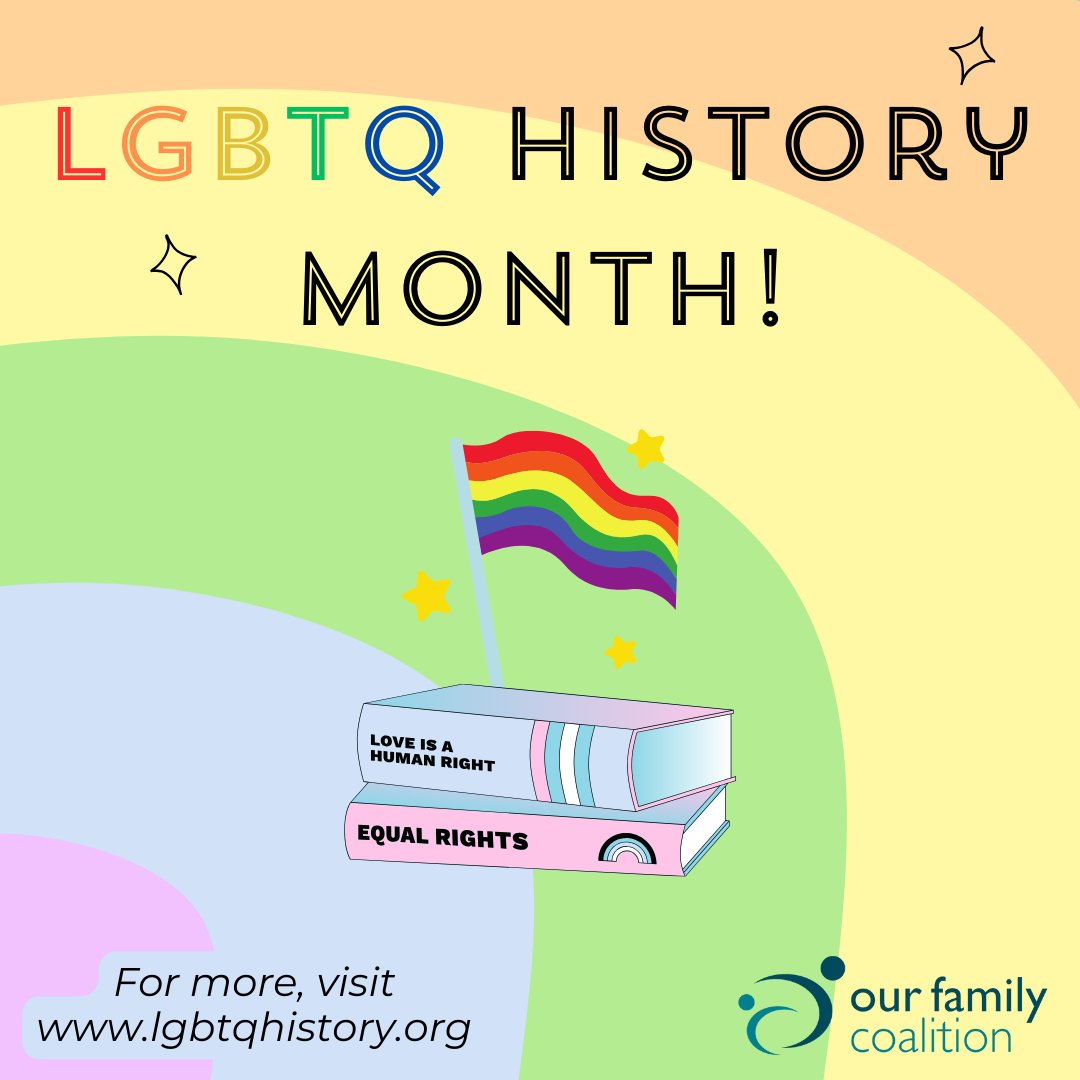
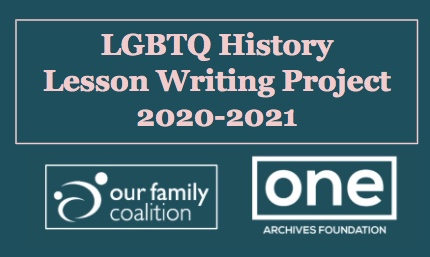
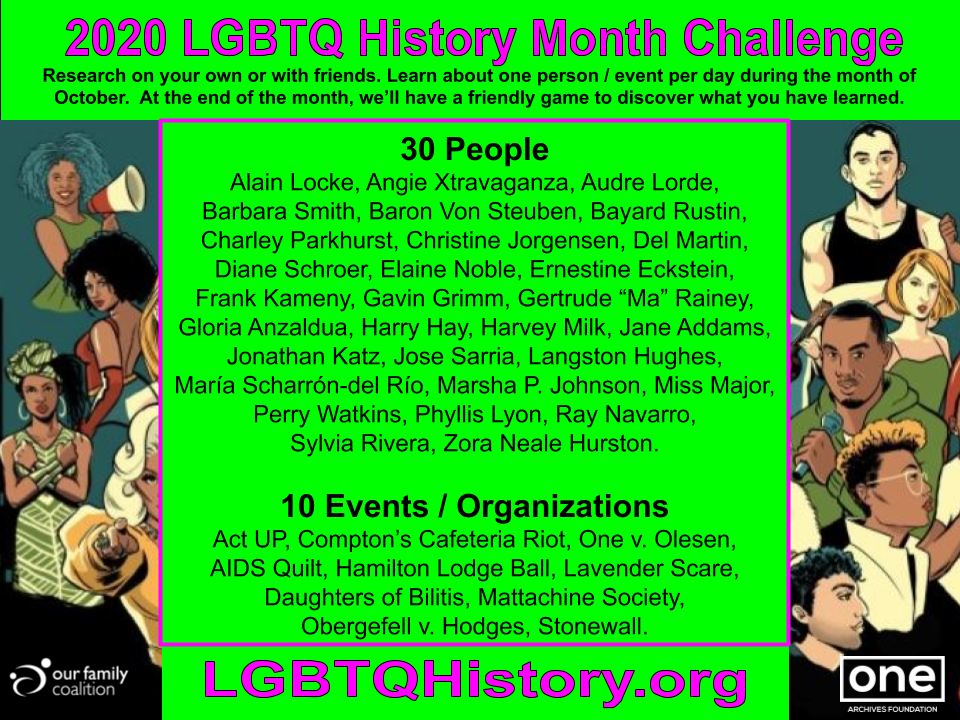
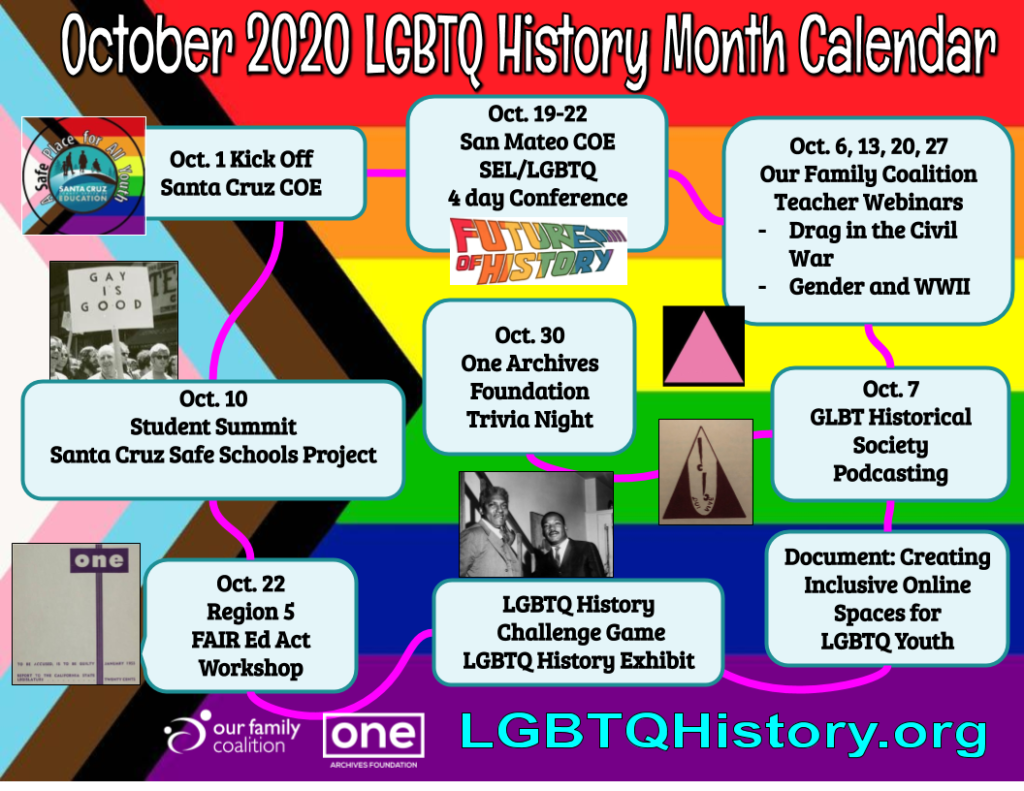
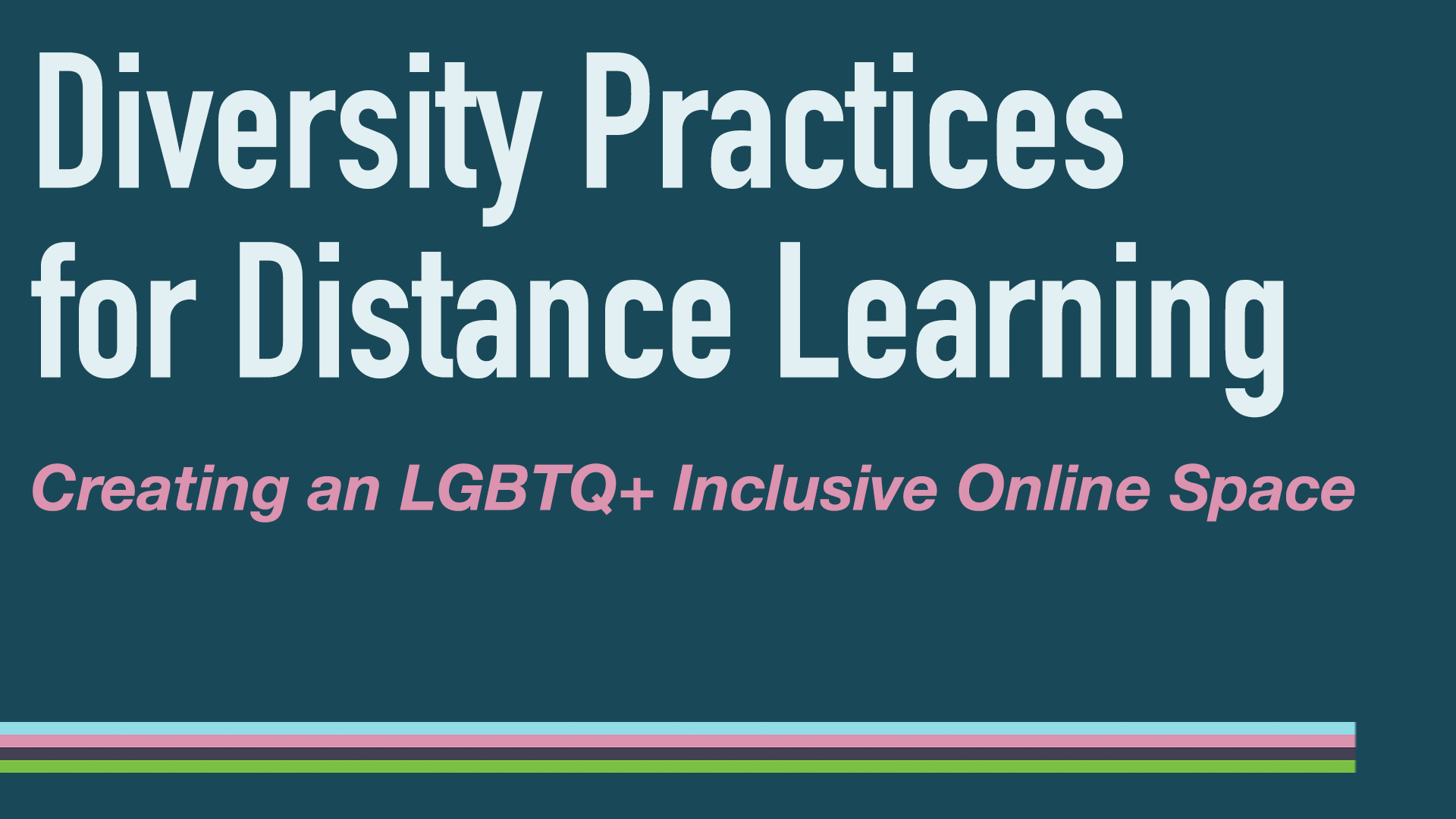 Are you wondering how to make your online space inclusive for all students and especially for LGBTQ+ students? Join us for this webinar on September 10 to hear our promising practices. We will be discussing our recently released document, “
Are you wondering how to make your online space inclusive for all students and especially for LGBTQ+ students? Join us for this webinar on September 10 to hear our promising practices. We will be discussing our recently released document, “